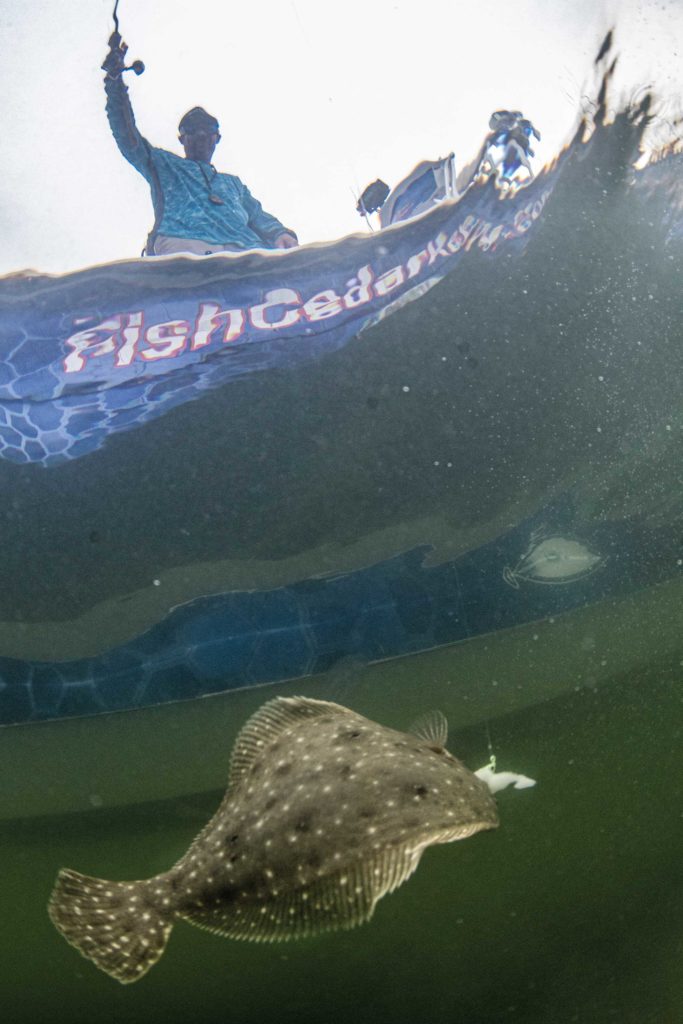
The flat-profile, mottled-brown topside, beady eyes and sharp, nasty teeth will not win any beauty contests, yet flounder are among the most popular gamefish throughout the Gulf Coast, thanks to their tenacious attitude and delicious flavor on the table. Southern and Gulf flounder, distinguished by three spots in a triangular pattern along the lateral line, are both a challenge to catch, which adds to their appeal.
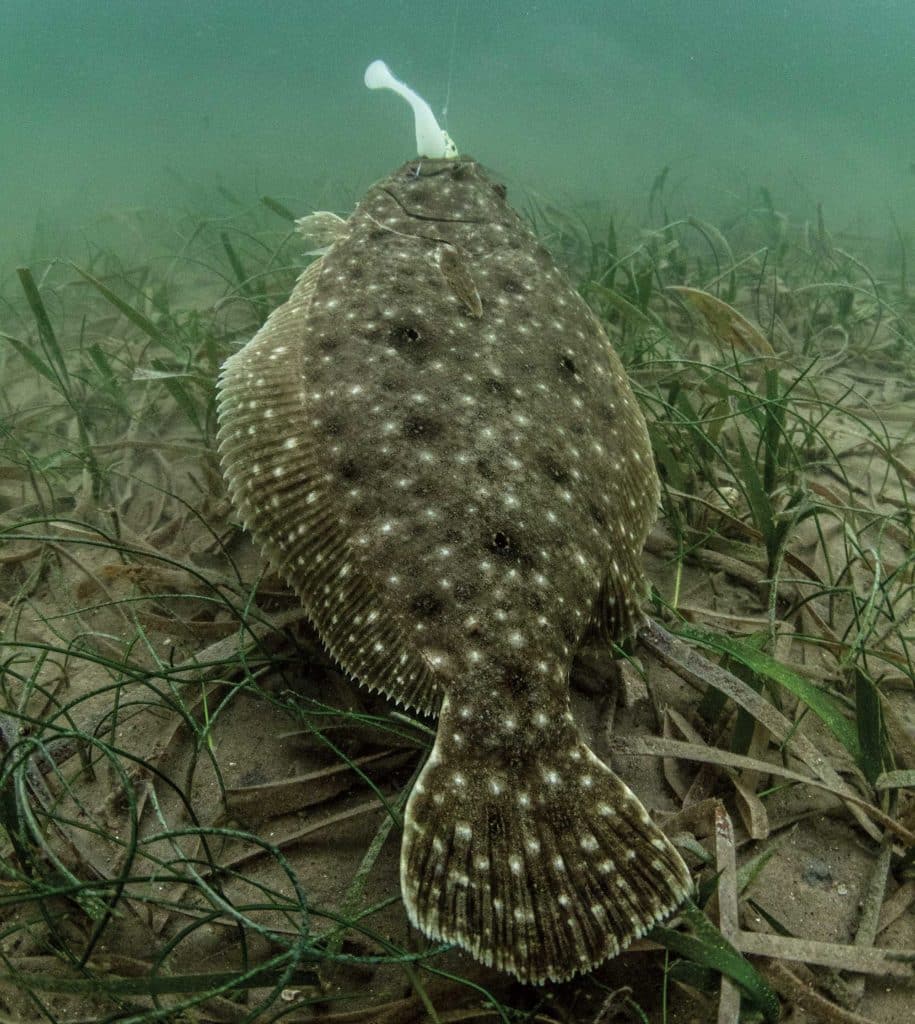
Capt. Brooks Levy routinely captures both species from his home base in Slidell, Louisiana. “Flounder fishing is great in October, November and part of December,” he says, because most of the fish move out of the marsh to go offshore in the winter. “And the spring run in April and May, when flounder return to the shallows, is also very good.” For specific timing, Levy prefers fishing around the new moon, as well as two to three days on each side of the full-moon phase.
While tidal fluctuation in southeastern Louisiana is only about 1 foot, Levy focuses on funnel points where the water flushes the bait. That happens primarily on a falling tide, but any moving water is favorable. Pronounced drop-offs and channels with riprap, oysters and other structure are spots where flounder wait to ambush their next meal. Preferred depths vary from shallow-draining creek outlets down to 20 feet with a fast current.
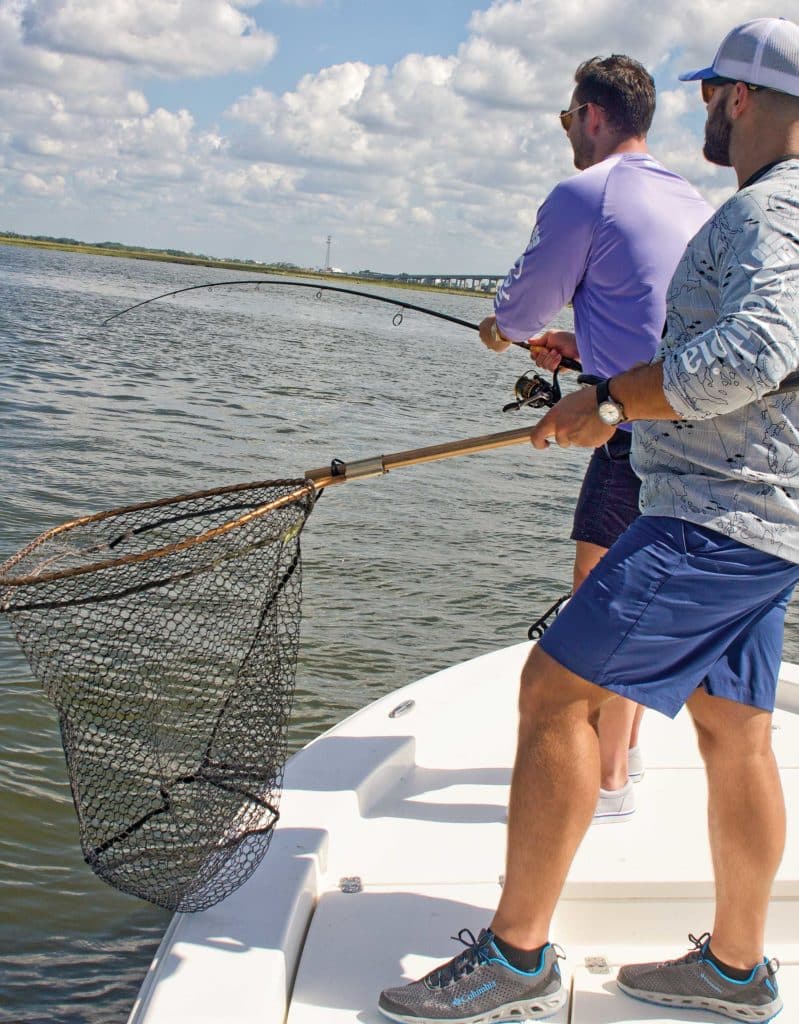
Zones that meet the criteria include the Castle-Mississippi River-Gulf Outlet channel, the Hospital wall areas in Lake Borgne, and the Biloxi Marsh, a short run away. The lower portion of the nearby Pearl River is another consistent flounder spot in autumn. “After we get a couple of cold fronts and the water temperatures start dropping, the last half-mile or so of the Pearl gets hot,” Levy says. “The clarity improves, the salinity increases, and the flounder stack up in there along the ledges, where they gorge on shrimp and freshwater minnows. It can get insane. Water temperatures in the upper 60s to low 70s are a flounder’s ideal comfort zone.”
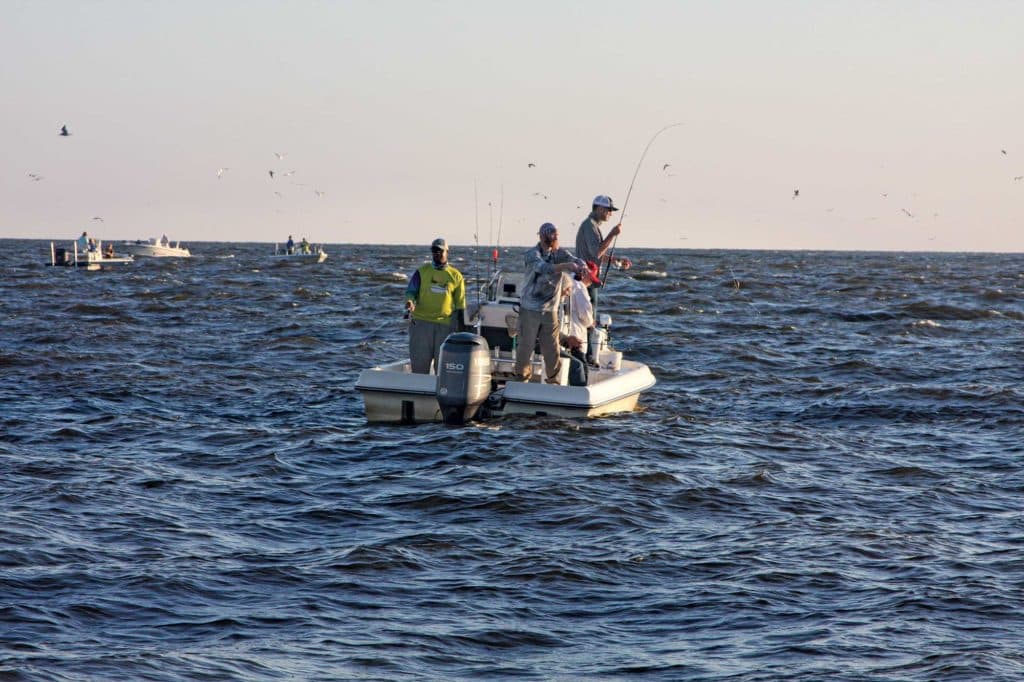
White shrimp are the prime forage in central Gulf inshore waters, where the seasonal movement of the crustaceans triggers frenetic feeding. Seatrout and redfish will push the shrimp to the surface, where flocks of gulls enjoy the buffet. Find that activity and you’ll also find the flounder, Levy says. “Shrimp is like crack to Louisiana gamefish. If you find areas with birds working and shrimp popping, you’re going to find a mixed bag with flounder included. That’s why shrimp are my main flounder bait. Cocahoe minnows and small shiners (pogy) catch a ton too. And when the bite is on, lures are equally effective.”
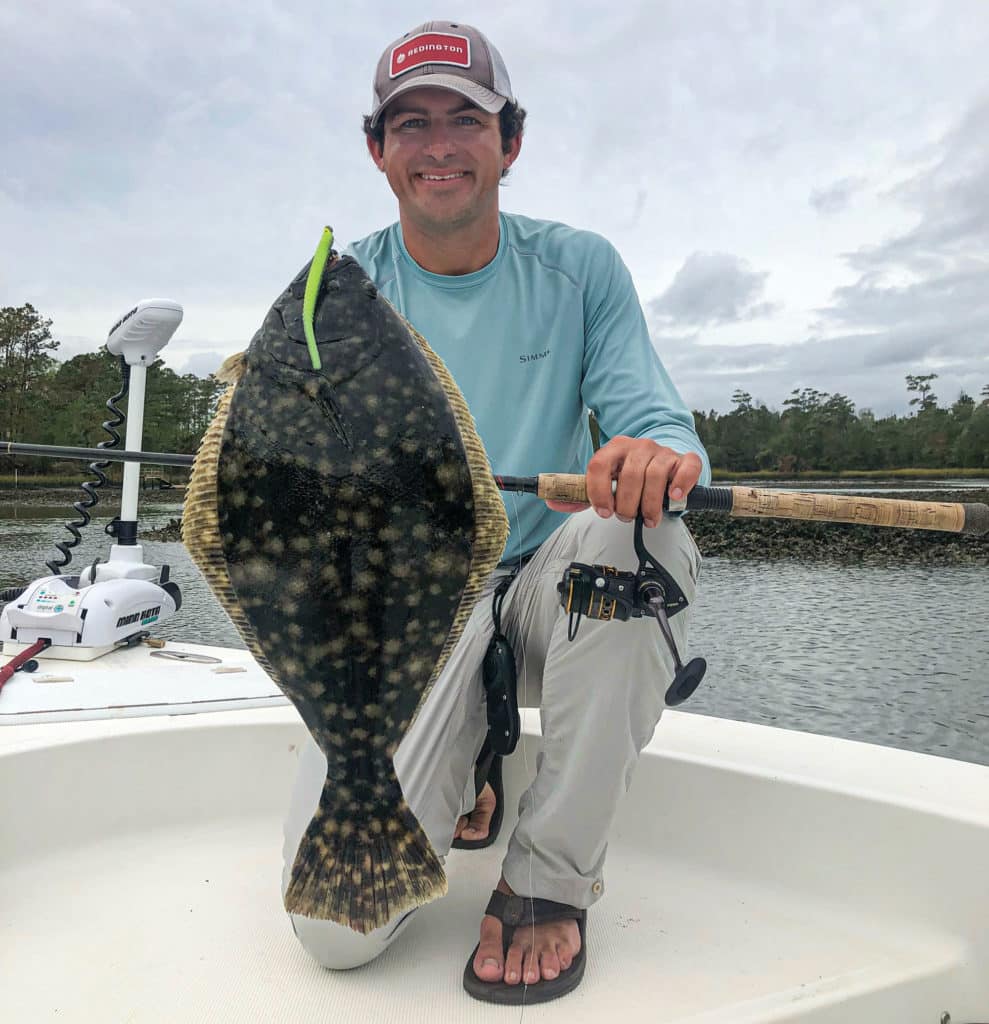
Levy uses the same tackle for flounder that he employs for redfish and speckled trout: a 7-foot, medium-light Penn Squadron III spinning rod and a matching Penn Battle 2500 or 3000 reel loaded with 30-pound braid to handle possible obstructions and survive the rigors of charter fishing. The local waters are often stained, which allows for monofilament leaders, but when it’s clear, Levy will switch to fluorocarbon. His preferred leader length is 3 to 3 ½ feet.
“I like to keep things very simple, with the least amount of hardware possible,” Levy explains. “I start by tying an overhand loop knot with two dropper leads, one half as long as the other. I use Palomar knots almost exclusively to tie a hook or lure on the short lead, and a bank sinker on the long one. That allows the bait or lure to swing in the current, so it’s easier to find. For bait, I add a bronze or tinned 3/0 octopus hook, which kind of acts like a circle hook. We have strong currents in the flounder zones, so I use 1-ounce bank sinkers for the bait rig to hold bottom, and a 1/2-ounce bank sinker for a soft-plastic with a jig head. If someone gets hung up with either of these rigs, they are easy to replace quickly when the bite is on.” Levy likes to hook live shrimp in the next-to-last section of the tail or through the horn. With minnows, however, the hook goes through the chin and out at the head.
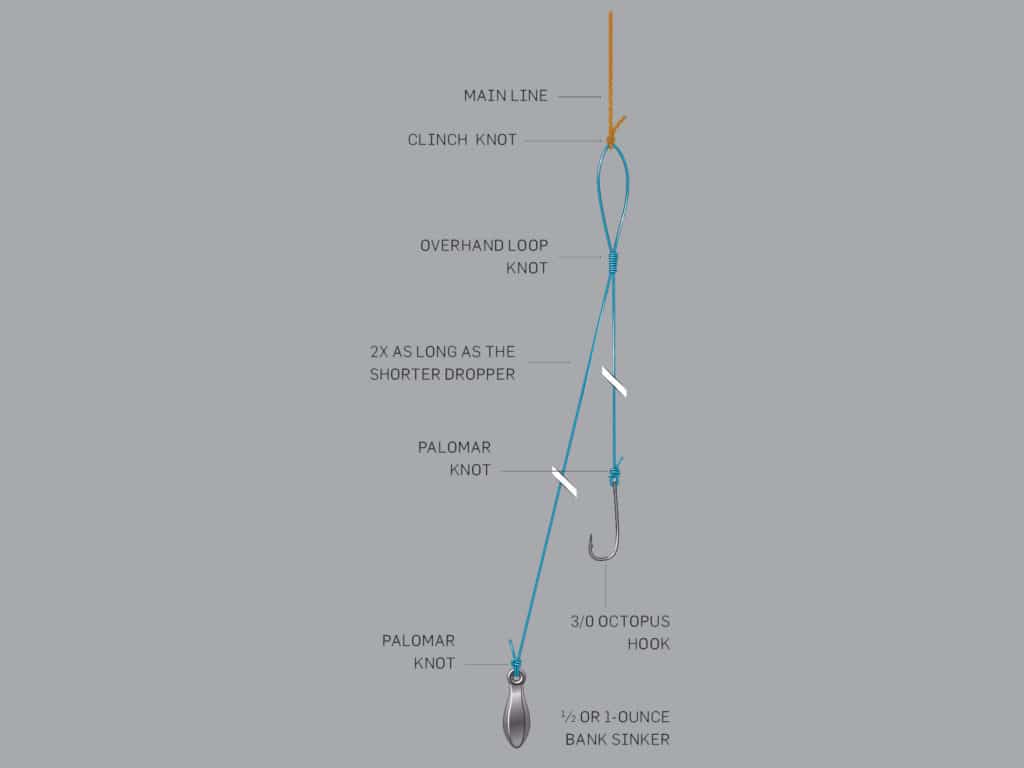
The captain warns that flounder have soft mouths and are typically slow, methodical feeders. With this combination, he instructs his clients to use a slow retrieve to give the fish time to bite and swallow the bait. Lures can be worked a little faster because the strike is usually reactionary.
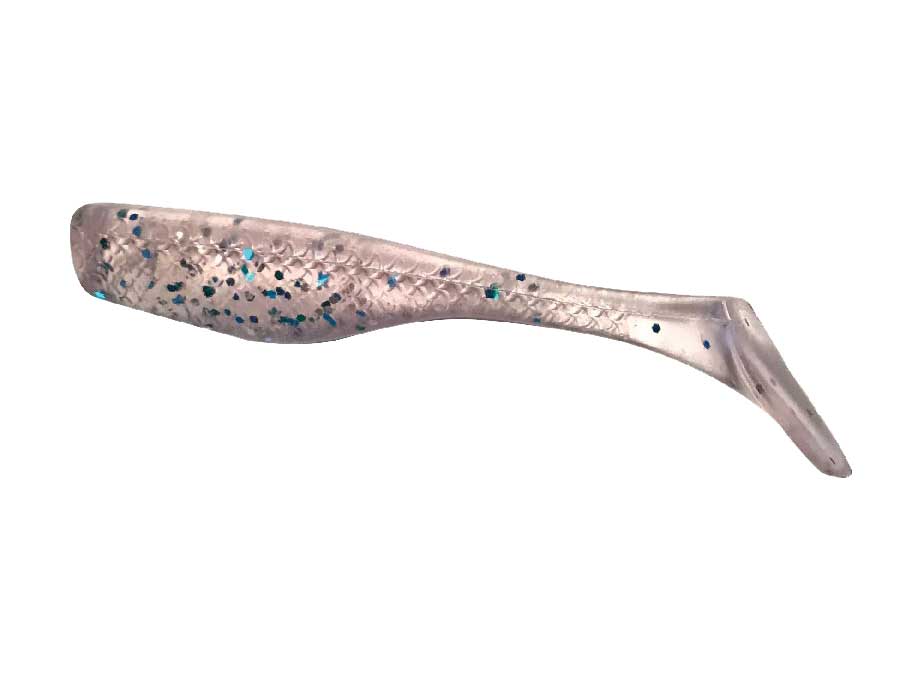
“You have to let ’em take it. Flounder will bite and stun the bait, then take their sweet time swallowing. So give them several seconds. And the bigger the bait, the longer the wait. Once you feel weight or resistance, reel slowly until you come tight, and then get the net ready.”
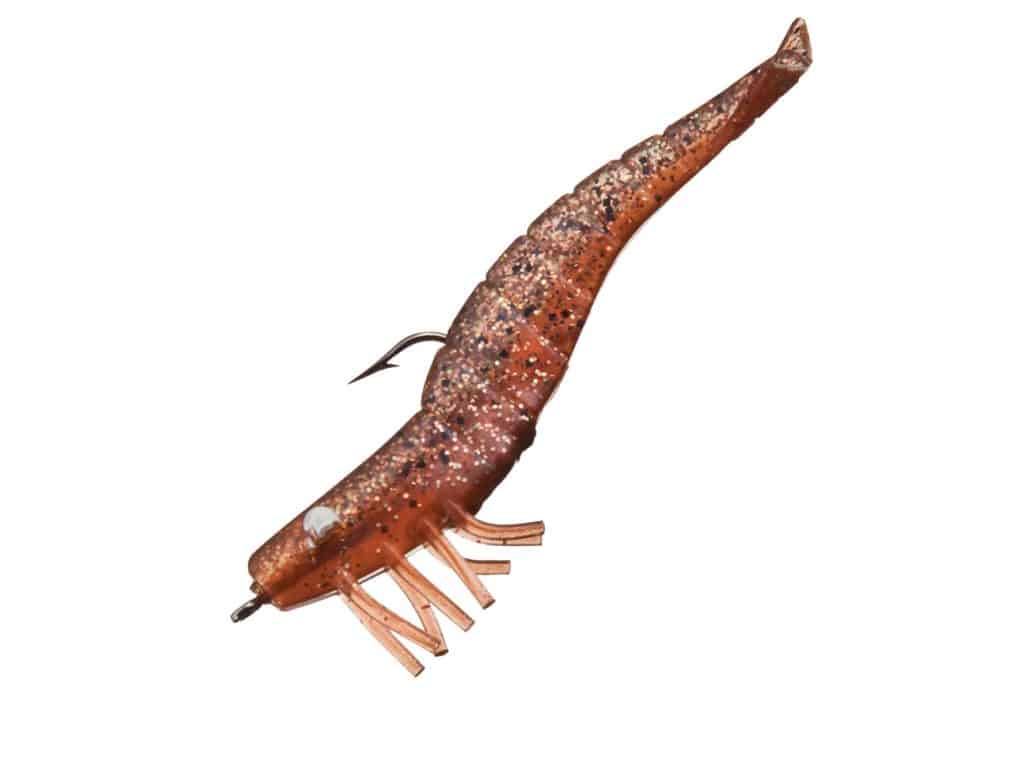
Levy’s best was a 6-pounder, but average fish measure 12 to 16 inches. When it comes to stamina, flounder certainly won’t be confused with any redfish in the vicinity. Still, on light tackle, the initial surges are strong and determined. And when you catch one, chances are good there are others nearby, Levy adds. “Flounder will definitely stack up in the right conditions, so keep working the area thoroughly once you have scored.”
Read Next: Winter Flounder Fishing
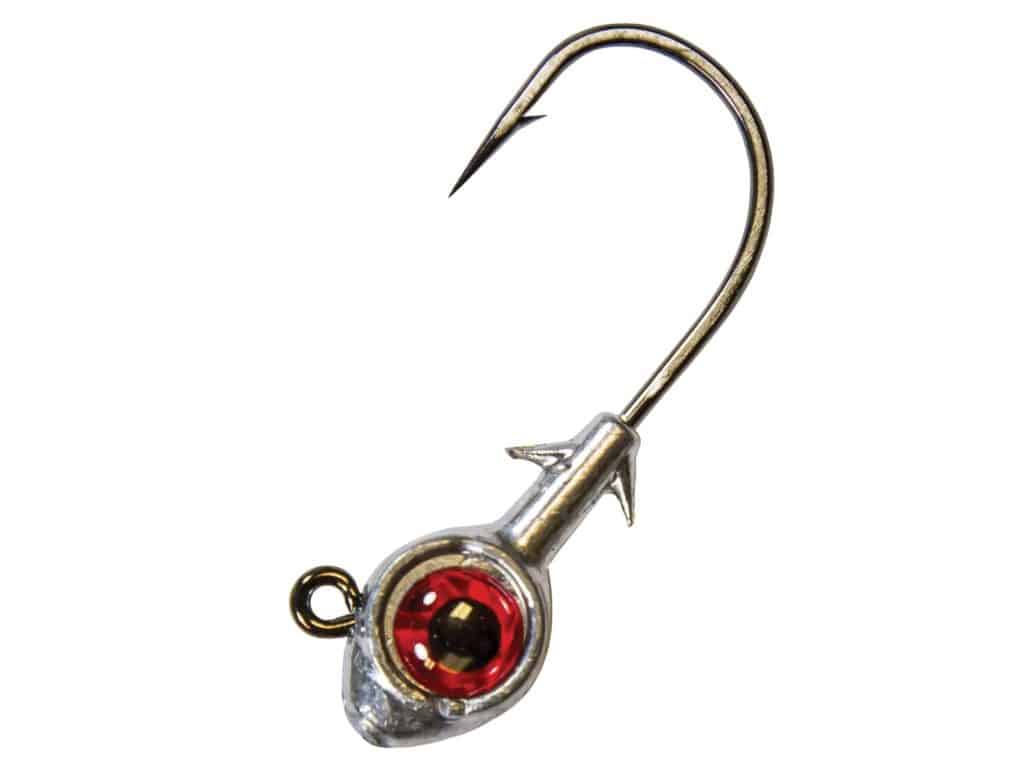
Beauty may be skin-deep. But when it comes to flounder, a sharp fillet knife will reveal the true natural attraction.
Filleting Tips
To make the most of a flounder, start with a sharp fillet knife with a flexible blade. Lay the fish head up on the table, and make an incision from the head to the tail, going vertically down the middle of the body. Using the knife tip, carefully cut outward from the center—at a flat angle—to butterfly the fillets. Cut away from the body, and repeat on the second half. Don’t forget the belly portion as well. The skin can be left on or removed, depending on the recipe. Flounder aficionados say the fish has been cleaned properly if you can read a newspaper through the skeleton.
SWS Planner
What: Gulf and southern flounder
When: October through December; April and May
Where: Channels, creeks mouths and tidal rivers with moving water, nearby structure and ambush points
Who: The following Louisiana guides are experts at the flounder game:
Capt. Brooks Levy
985-640-4832
Capt. Justin Bowles
985-969-2036
Capt. Adam Shields
985-768-0849
Black Dog Charters
SWS Tackle Box
Reels: Spinning 2500 to 3000 class
Rods: Medium-light spinning with fast tip and medium action
Line: Braided 20- to 30-pound line; 25-pound fluorocarbon or mono leaders, depending on water clarity
Bait: Live shrimp, cocahoe minnows (killifish), finger mullet or small pogies (shiners) fished on a 3/0 octopus hook. Shrimp should be hooked in the next-to-last tail section or through the horn, and minnows through the chin and head.









